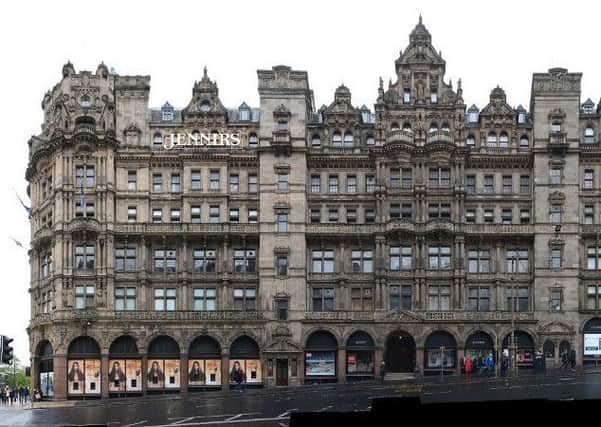On this day in 1898: William Hamilton Beattie, Jenners' architect dies
This article contains affiliate links. We may earn a small commission on items purchased through this article, but that does not affect our editorial judgement.


Few would begrudge William Hamilton Beattie a special mention in the annals of Edinburgh’s history, for here was the man responsible for several of the Capital’s most celebrated and admired public buildings.
William was born in Edinburgh on 10 December 1842, the son of a local architect and builder, George Beattie. His father was keen for William and his younger brother (also George) to follow in his footsteps, and follow they did.
Advertisement
Hide AdAdvertisement
Hide AdAt the age of just twelve, William was training under the instruction of esteemed 19th century Scottish architect David Bryce, whose works include the Bank of Scotland headquarters on the Mound, Fettes College, and the Royal Infirmary of Edinburgh, among countless other iconic buildings.
By the 1860s, William was already making a name for himself. For Cowans the papermakers, he designed a spectacular Venetian Gothic warehouse on West Register Street which still stands today. Beattie’s elaborate design was unusual for a warehouse building, particularly one tucked away out of sight on a side street.
As the century wore on, William established a reputation as specialist in building hotels and prominent public buildings. Notable works include, the Clarendon Hotel on Princes Street (1875), the Braid Hills Hotel (1886), and the Grand Hotel in Lerwick (1887).
DOWNLOAD THE EDINBURGH EVENING NEWS APP ON ITUNES OR GOOGLE PLAY
Advertisement
Hide AdAdvertisement
Hide AdBeattie was also instrumental in designing the cable tramways system introduced in Edinburgh in the 1880s, and built many of the city’s finest tenements.
In 1893 he received his most lucrative commission to date when Charles Jenner entrusted him to design a replacement for his famous department store on Princes Street which had recently been gutted by fire. Modelled on the Bodleian Library at Oxford University, the new store displayed exceptional extravagance inside as well as out, and was something of a revelation when it opened on the 8 March 1895. Among the elegant features placed on the exterior were several pairs of caryatids depicted as supporting the structure.
Beattie had managed to produce what is one of Edinburgh greatest architectural treasures.
As if that wasn’t enough, two years later Beattie was responsible for designing the magnificent North British Hotel at the east end of Princes Street. However, Beattie died before the North British was finished and another architect, Andrew Robb Scott, was appointed to complete the works.
Advertisement
Hide AdAdvertisement
Hide AdBeattie died just eleven days before his 56th birthday on 29 November 1898. A cerebral haemorrhage was given as the cause of death.
The distinguished architect left behind an inheritance worth over £46,000 to his family. Adjusted for inflation, it is thought that this makes him the richest Scottish architect of all time.